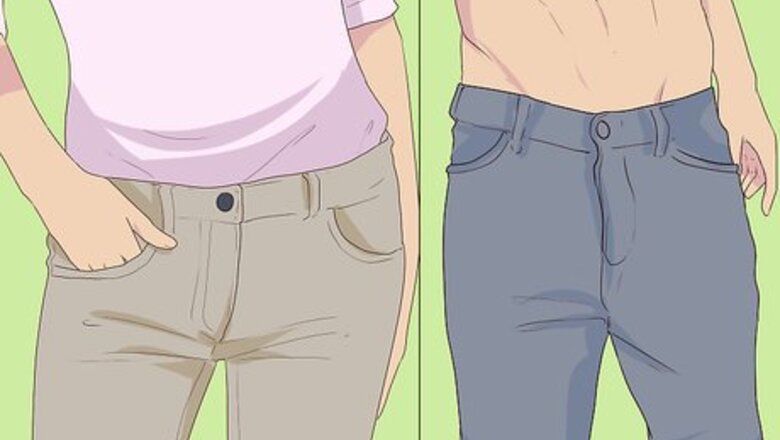
views
Measuring by Waist Size
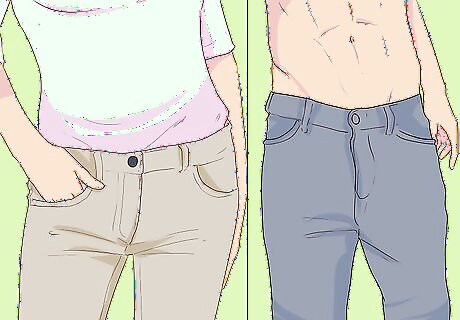
Wear pants that fit well. Put on a pair of jeans or pants that you will wear frequently with a belt. These pants should not be too loose or too tight so that you will be able to get an accurate measurement of your waist. The most important thing is to choose a pair of pants that fit how your pants usually fit. You want to get a belt that will fit with the pants you normally wear.
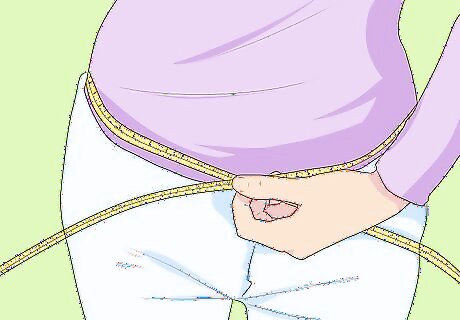
Use a fabric measuring tape. While you are wearing the pants, thread a fabric measuring tape through the belt loops of the pants. Pinch the two sides together where they meet in front. This number will be your normal waist measurement. Breathe in deeply and out fully. The measuring tape should expand slightly. Let yourself account for a little extra wiggle room when you exhale so your belt doesn’t get too tight when you breathe. Check to make sure that the measuring tape is in the middle or bottom of the belt holes, instead of flush with the top.
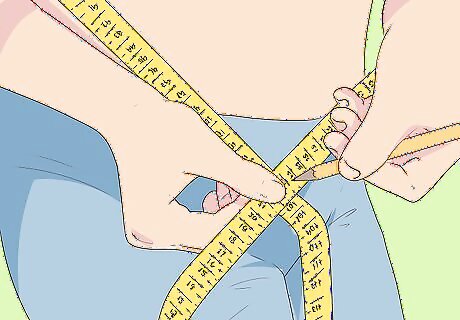
Find your measurement, then go up one size. Read the measurement in the mirror or mark the point where the two sides of the measuring tape meet with a safety pin. Remove the tape from the loops and read the measurement. Then, choose the belt size that's one size larger than your measurement. For example, if the measuring tape reads 38 in (97 cm), you want to purchase a 40 in (100 cm) belt. You need to add two inches because the measurement of your waist only accounts for the direct circumference of your waist. But the length of a belt does more than that – it includes additional length that must overlap to a certain extent at the buckle. The two added inches give you the wiggle room you need for a well-fitting belt.
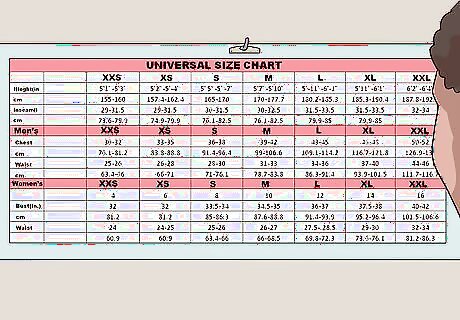
Consult a universal size chart. Since many belts are sold by size (small, medium, large, etc.) rather than measurement, it may be necessary for you to view a sizing chart that can help you determine the correct size. Men and women’s belts are typically sized differently since women are often more petite in size than men. Men’s small belts usually corresponds to a 30 inch (76.2 cm) waist, while a women’s small usually fits a 28 inch waist. Men’s large belts usually fit a 36 inch (91.4 cm) waist, while a women’s large typically corresponds to a 32 inch waist.
Measuring an Existing Belt
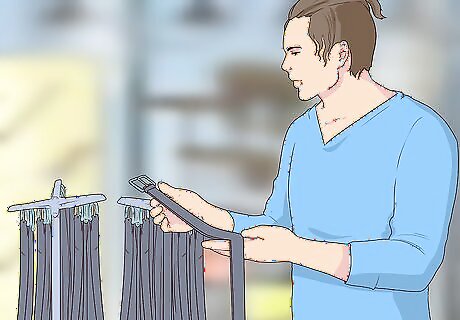
Find a belt that fits. Take a belt that fits well – either one that you already have or go to a clothing store and try on belts until you find one that fits the way you want it to. Generally, a belt fits you well when you can easily buckle it using the third hole in the belt. If you have to use the 4th or 5th hole, you'll have a lot of extra at the end of the belt. If you're using the first hole, the belt is a little too small and the end of the belt might not make it all the way to the belt loop on your pants. Be sure to wear pants that fit you well so that you can get an accurate idea about what size belt you need if you’re trying on a variety of belts.
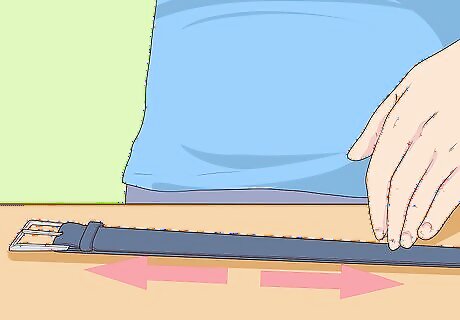
Spread the belt out flat. Put the belt on a flat surface like a table or on the floor. Lay it down so that the belt is completely flat and doesn’t have any bumps sticking out. Make sure the belt is fully extended and doesn’t have any slack. If the belt doesn’t want to stay flat (because of overuse, for example), you can place a heavy object on both ends of the belt to keep it stationary.
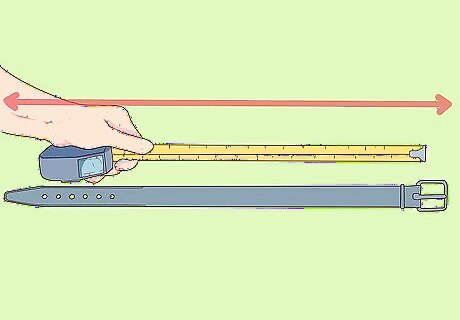
Measure the belt. Grab a retractable measuring tape or a fabric measuring tape. Measure from the base of the buckle prong to the center hole. If you don’t use the center hole, measure from the base of the buckle prong to the hole you use the most. This number will probably range between 30 inches (76.2 cm) and 60 inches (152.4 cm), depending on your waist size.
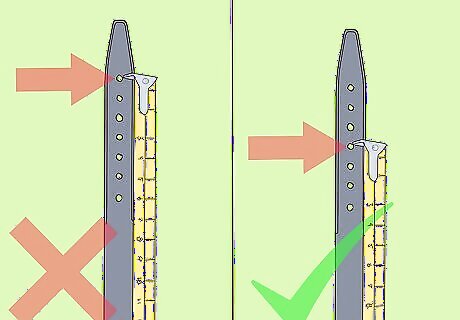
Use the measurement that you found to order a belt. The number (in inches) that you found for the measurement of the belt will be the size you use for ordering your new belt. For example, if the measurement number is 34 inches (86.4 cm), order a size 34 belt. If you are using the last hole on a belt, consider moving up a belt size (in this example, to a 36) so that there is room to adjust the belt in the future. A correctly fitted belt is usually sized to the center hole. If you are using the first hole on the belt, consider moving down a belt size to a 32.
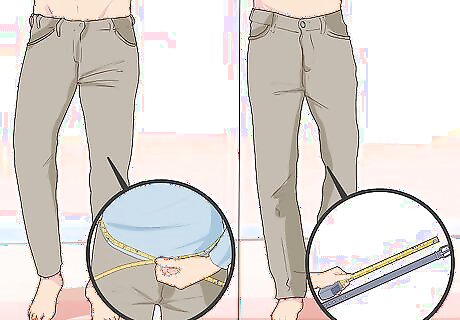
Use an existing pair of pants. Alternatively, you can use a pair of jeans that fits you (one that is measured numerically by waist size in inches) and use that measurement to determine your belt size. Simply add two inches to the size of the pants and use that as your belt size. Remember that the pants must already be sized in inches, otherwise this method won’t be effective.
Getting Professionally Measured for a Belt
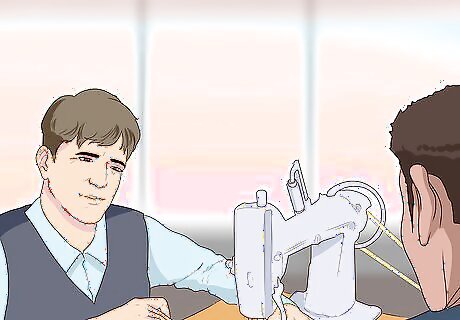
Enlist the help of a tailor. If you want to make sure you find out what your true belt size is with no mistakes, find a professional tailor (or clothing store employee) to help you determine your measurements. A trained tailor will be able to help you get an accurate measurement for your belt size with no margin for error. Ask people you know for recommendations for a good tailor. Search the internet for tailors in your area. If that doesn’t work, try going to a clothing store and ask an employee to help you.
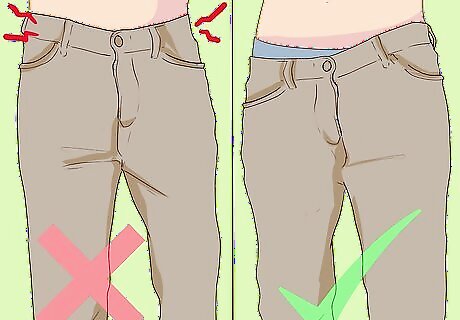
Wear appropriate pants. Make sure you wear pants that fit snugly when you go to get measured. You don’t want any loose material adding inches to your measurement, as this will cause your belt to be too loose as well. You also don’t want to wear pants that fit too tightly because this can also make you end up with a belt that doesn’t fit properly.
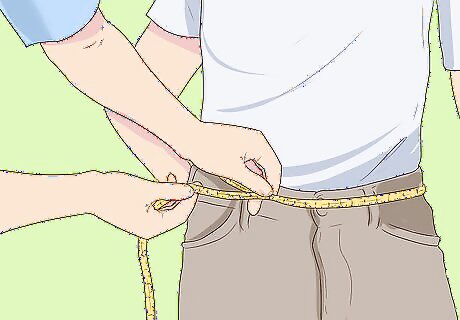
Get measured. Let the professional tailor measure your waist with a fabric tape measure. They will tell you how to stand and help you find the right measurement for your belt. Be sure to stand normally and breathe normally so that the tailor can get an accurate measurement. Use the measurement number the tailor gives you to order a new belt that fits properly.

















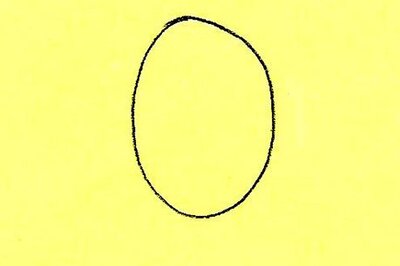


Comments
0 comment